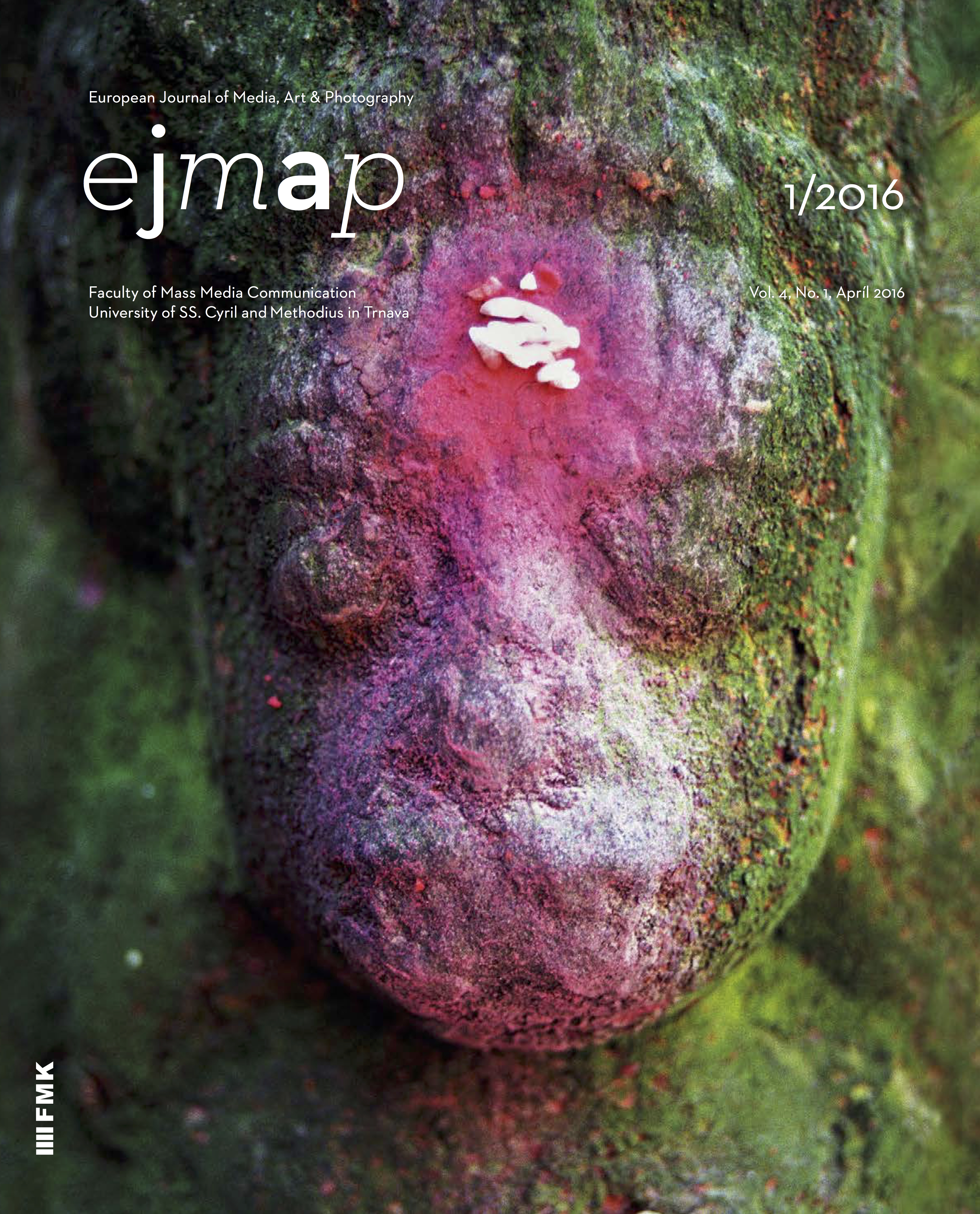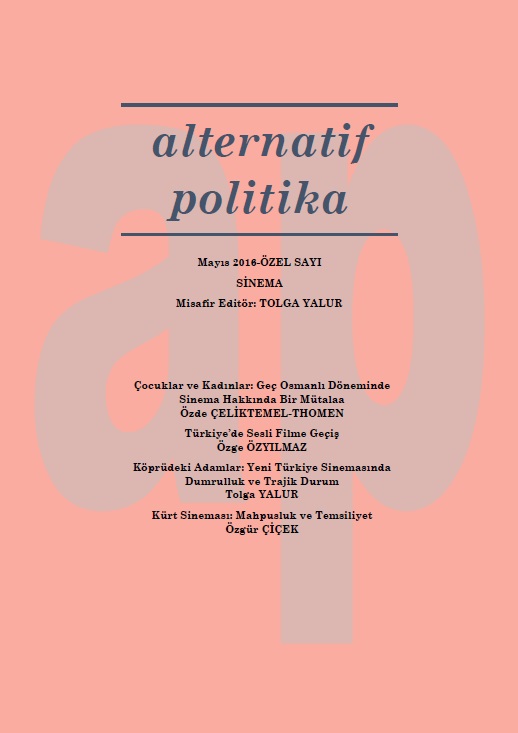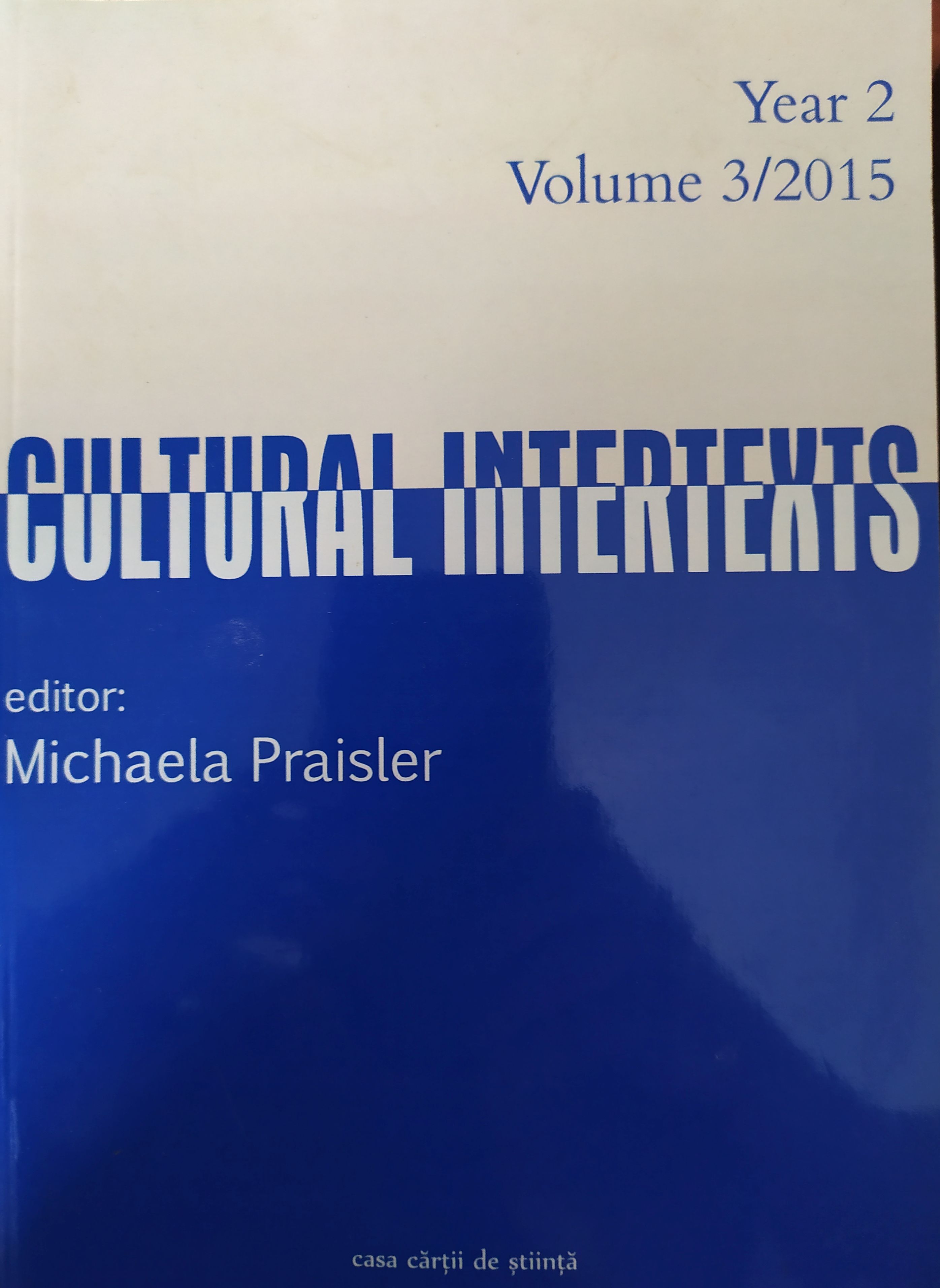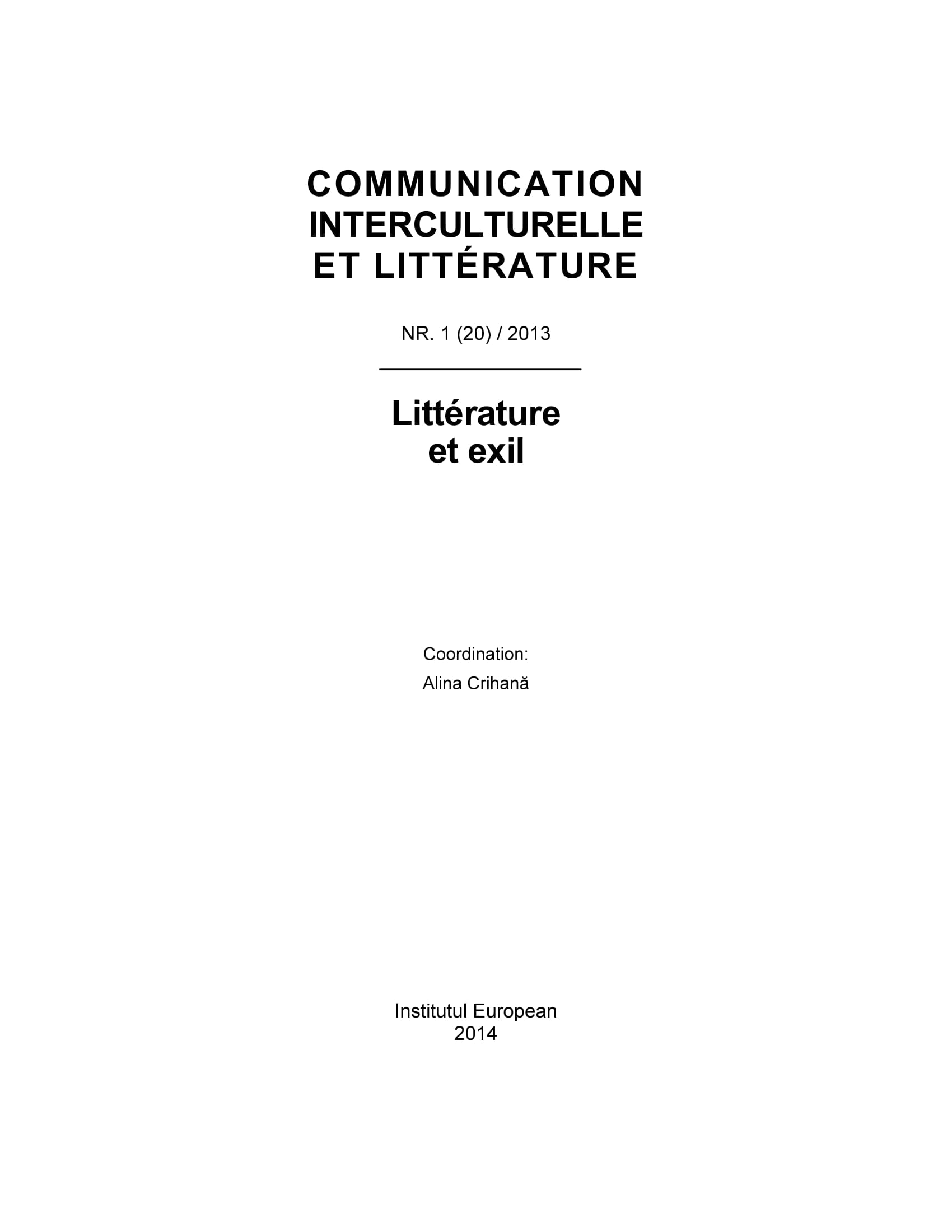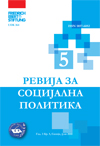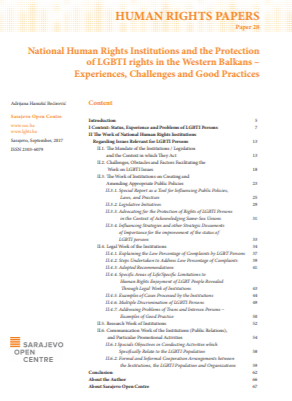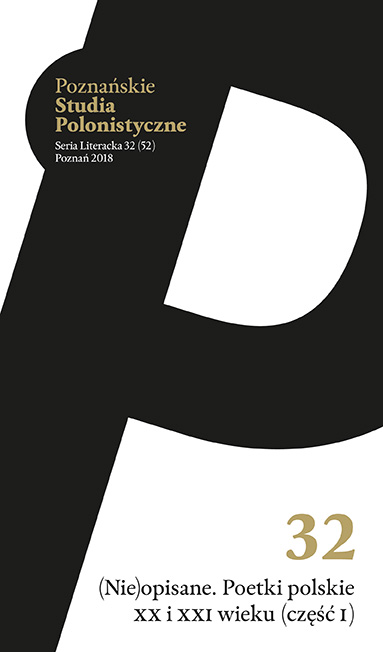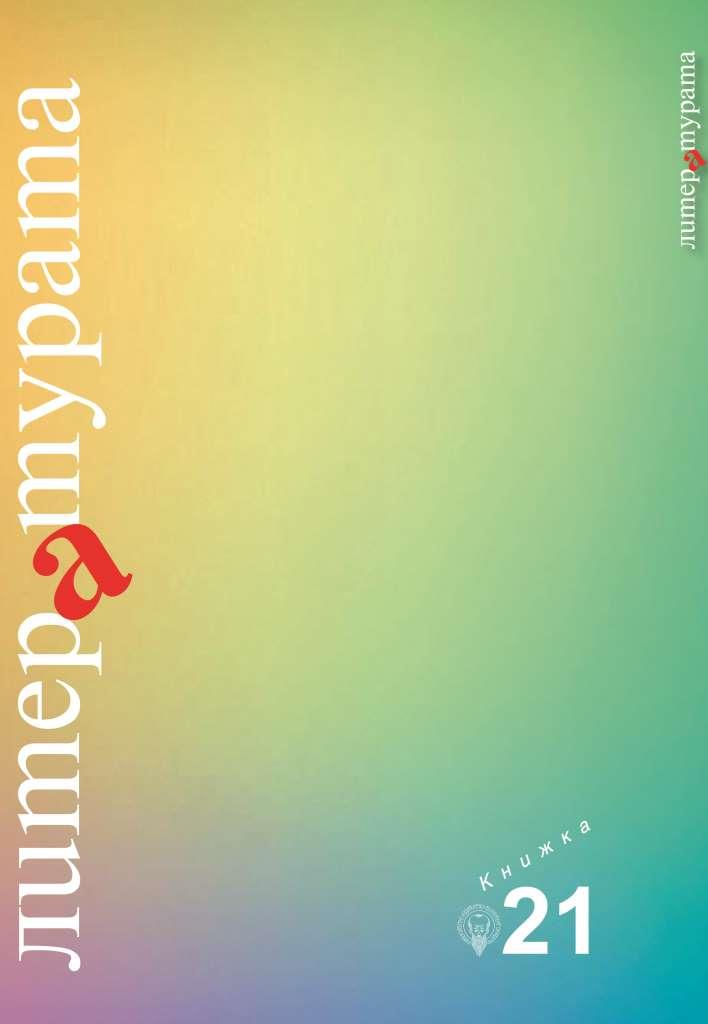Author(s): Svitlana Mezinа / Language(s): Ukrainian
Issue: 2/2015
The author of the article draws attention to the historical inheritance of the national tradition in the creative works of the representatives of the Ukrainian art movement of the 60-s. The establishment and strengthening of the national tradition in the Ukrainian society was happening wave-like because of the complicated geographical and historical conditions. The periods of the Ukrainian baroque, "Executed renaissance" and the Ukrainian art movement of the 60-s are the peaks in the history of national culture. Artistic avant-garde of the 1960-s became the highest phase of raising and strengthening the national tradition in the Ukrainian art. Its representatives began to revive actively the traditions of the Ukrainian baroque epoch and the period of "Executed renaissance". The methodological base for researching the problem of traditions and innovations in art is the monograph of the art critic Olena Zinkevich "Dynamics of Renewal", in which the researcher analyzes historical correlations of tradition and innovation, builds up the conception of inheritance in art as a complicated dynamic system, defines the channels of inheritance and its genetic, typological and contact connections. Analyzing mentioned by O. Zinkevich connections in the Ukrainian painting, the author draws attention to the fact that the genetic link of the works of the painters of 1960-s is connected with the continuation of traditions of the monumental art school of boychukists, the founder of which was Mykhaylo Boychuk. Young artists of 1920 1930-s oriented on national symbolics, used national particularities of the language of art, appealed to the icon painting traditions of the ancient Rus – Ukraine and to the Byzantine monumental painting. Boychukists combined the newest achievements of the European artistic culture with the artistic qualities of the Ukrainian baroque painting. The base for creative work of painters-monumentalists of the 1960-s was the depiction of the modern human, their internal world, feelings, emotional experience, moods, common to mankind eternal values, mode of life, beauty of the Ukrainian nature with the help of bright symbolics and new expressive possibilities. In music art the men of the 60-s renewed the traditions of the Ukrainian music avant-garde, which lay in the base for creative work by Borys Liatoshinsky. The composer based himself on the Ukrainian folklore and used in his variations of the Ukrainian folk songs intonations of carols and vesniankas, typical intonations of the kozachok and the West-Ukrainian kolomyika and Ukrainian folklore genres formed in the 16–17-th centuries – ballads and historical songs. Composers of the 1960-s synthesized new techniques of composition with the Ukrainian folklore sounding. In the foreground is their interest to the human, nature and their connection, the fight of the Ukrainian people for independence. It is manifested through their using the intonations of ancient bylina tunes, kobza playing, lamentations, historical songs, ballads, the Old Russian monoactions, chants, calendar and ritual, lyrical Ukrainian dances and other genres of folk music. At that time one could observe the combination of the professional and folk music. The men of the 60-s experimented bravely on the genre sphere by means of new techniques of composition, and it resulted in the appearance of polygenre works. Artists synthesized those genres which belonged to one sphere of music art (symphony and concert, cantata and oratorio), combined instrumental and vocal genres, and integrated music into other kinds of art – literature, painting, architecture. This is a bright example of contact connections described by O. Zinkevich. In the cinematograph of the 1960-s artists revived the traditions of the famous film director, the classic of the world cinematograph, Olexandr Dovzhenko, who with the help of his stylistics gave birth to the phenomenon of the Ukrainian poetical cinema, the basic distinctive feature of which was national character. Reproducing in their films Ukrainian customs and rituals, using national clothes, folklore, objects of everyday use, folk songs, theatre, picturesque landscapes of the native land, film directors experimentalized in the sphere of artistic form with the purpose of depicting the inner world of the Ukrainian person, his mentality and national idea. Young artists of the cinematograph of the 60-s years in the 20th century worked actively in a new direction of impressionistic cinema with the depiction of realities of life. This direction was based on the principle of "uninhibited camera", namely putting the camera as a competent participant of actions that turned around its axis, moved together with heroes, constantly changed directions. Revealing the process of inheritance of the national tradition by the avant-garde of the 1960-s is important for realizing the significance of its deep roots that come back to the epoch of the Ukrainian baroque and the period of "Executed renaissance". On the base of analysis of genetic, typological, international and contact connections in painting, music and cinematograph the author has come to the conclusion that revealing the process of inheritance of the national tradition by the avant-garde of the 1960-s, the representatives of which made an explosive art break, is important for realizing the significance of its deep roots that spring from the epoch of the Ukrainian baroque and the period of "Executed renaissance".
More...



